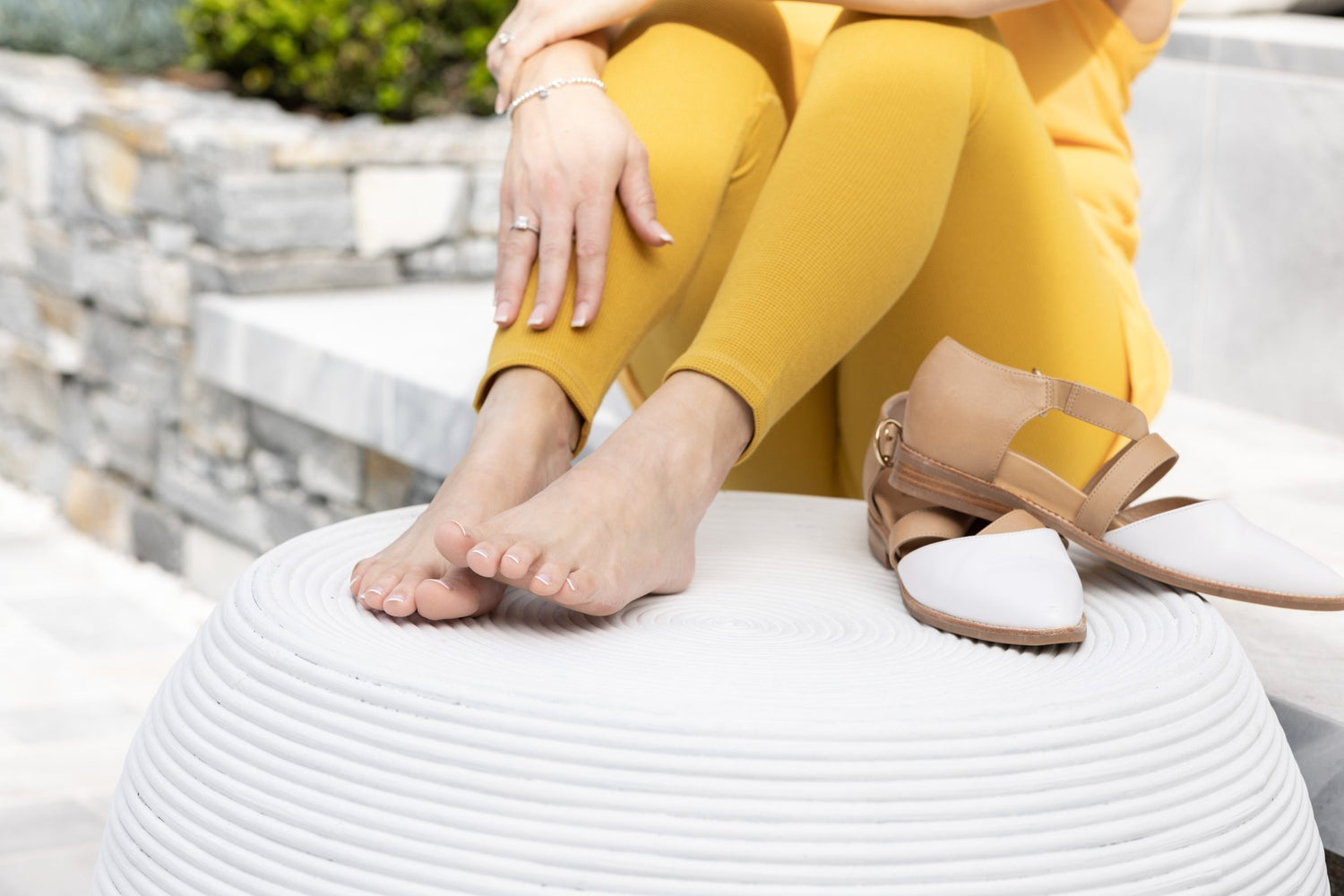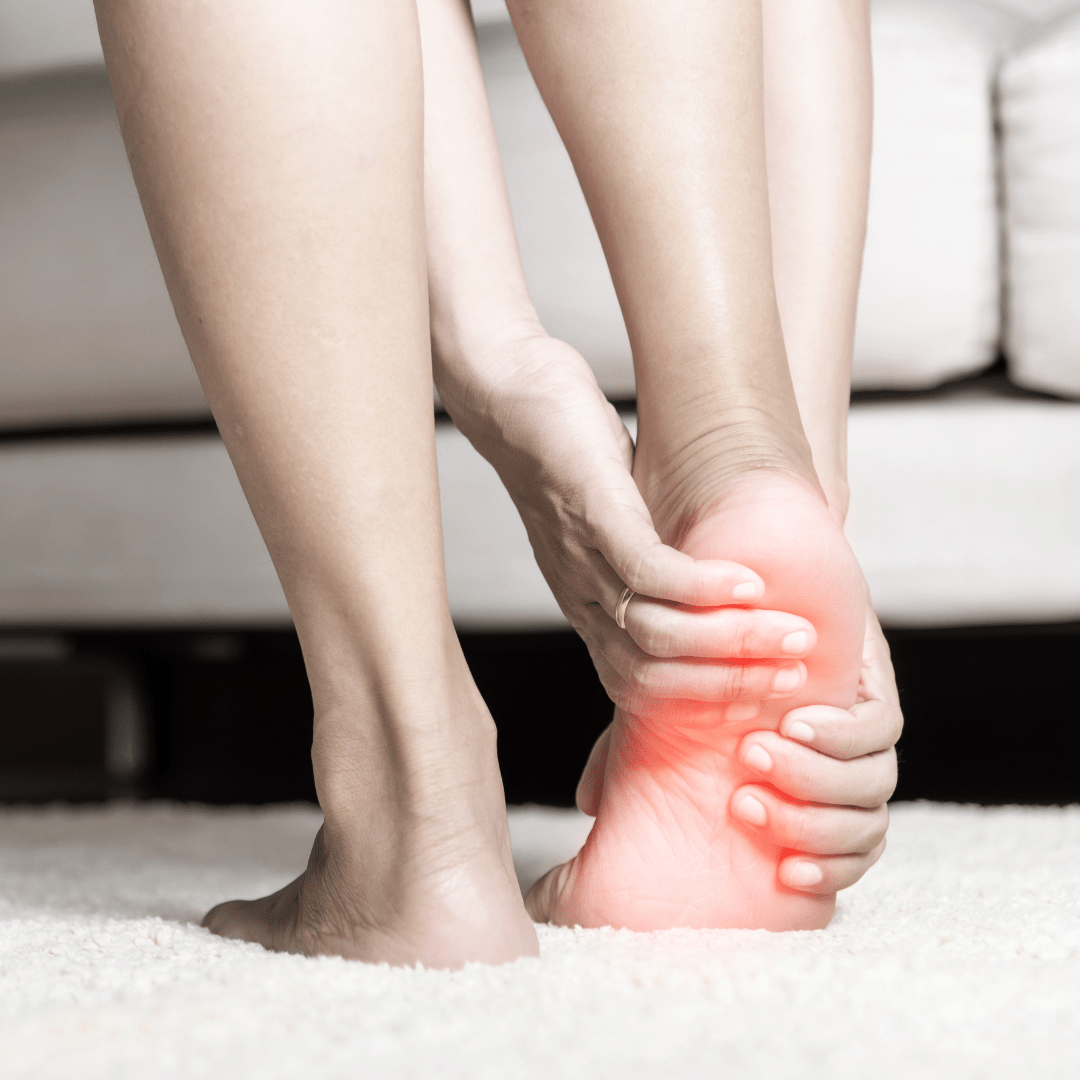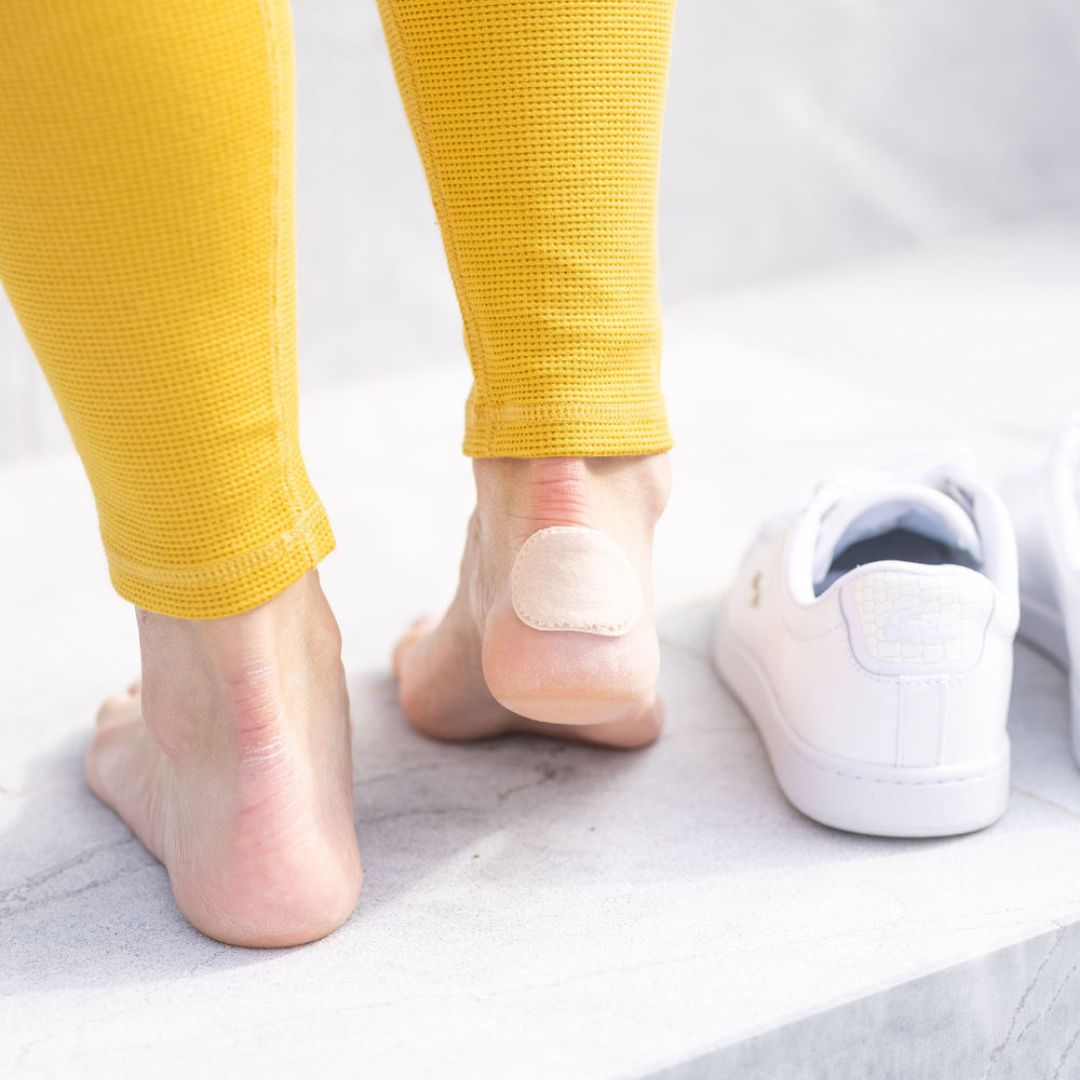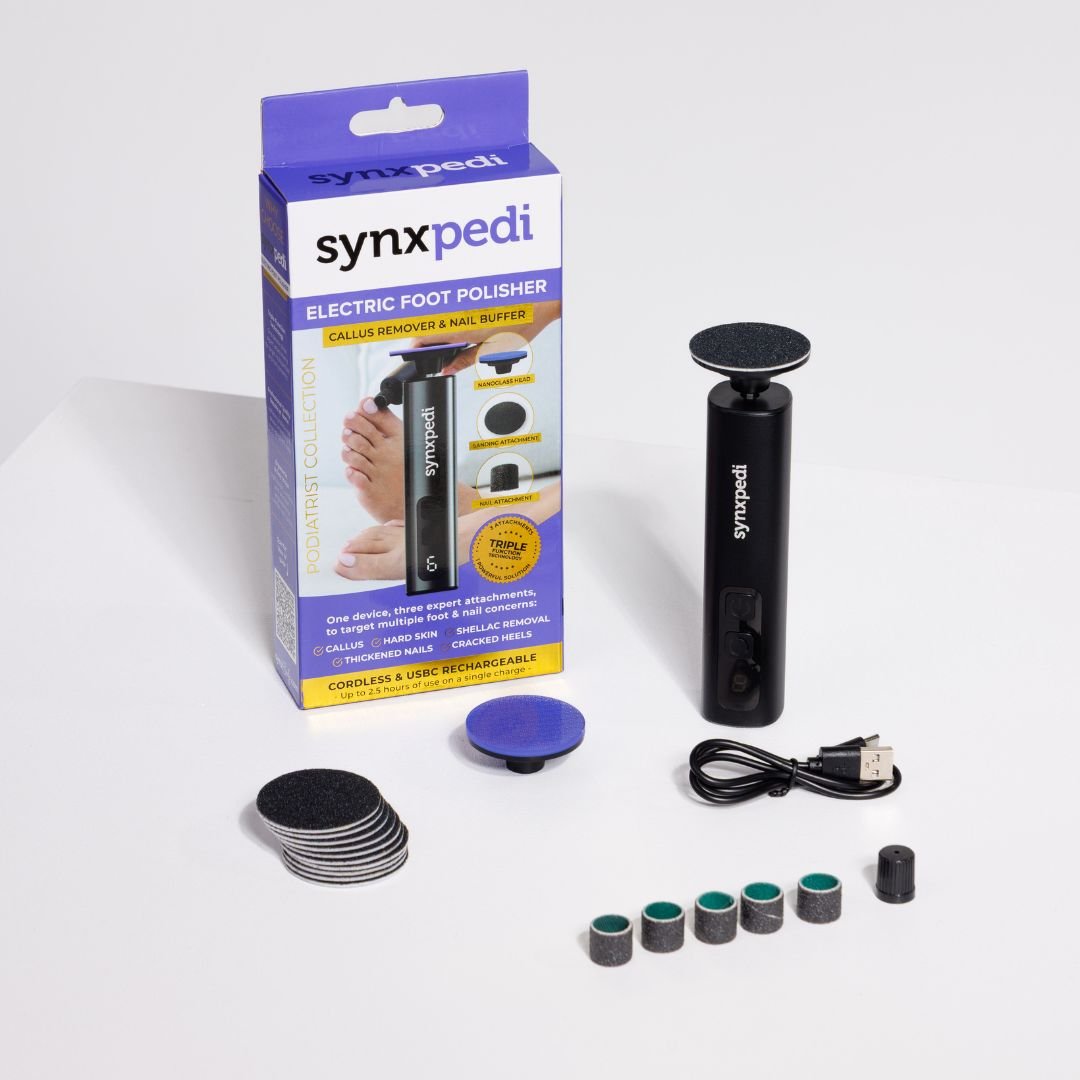When living with diabetes, daily foot care becomes paramount. Diabetes can damage the nerves in your feet, leading to poor blood circulation and an increased risk of severe complications like foot ulcers.
Addressing Burning Feet with Specialised Creams
Certain factors increase the likelihood of burning feet, including prolonged diabetes duration, consistently high blood glucose levels, smoking (which hampers blood flow and wound healing), and a sedentary lifestyle.
Self-Checks for Foot Health
You can perform daily foot self-checks at home. Seek immediate medical attention if you notice ulcers, unusual swelling, redness, blisters, ingrown nails, or cuts. Promptly consult a healthcare professional within seven days if you observe broken skin between toes, calluses, corns, foot shape changes, cracked skin, or nail colour changes.
Professional Assessment
For a comprehensive foot examination, consult your doctor or podiatrist annually to mitigate the risk of lower limb complications.
The Impact of Poor Blood Supply
Consistently elevated blood glucose levels can reduce blood supply to your feet over time, increasing the risk of infections. Signs of poor blood supply include leg cramps, even during short walks or climbing stairs, foot pain at rest or in the early morning, cold feet, feet are a reddish-blue colour, and slow-healing cuts.
Consultation with Healthcare Experts
If you experience the above symptoms, consult your podiatrist, general practitioner (GP), or diabetes educator.
Professional Foot Checks
Your GP, podiatrist, or diabetes educator can perform simple, painless assessments to evaluate your feet. These evaluations include blood flow, nerve function, foot shape abnormalities (such as bunions, claw toes, hammer toes), toenail dryness, calluses, corns, cracks, or infections.
Caring for Your Feet
Follow these top tips for proper foot care:
- Regular check-ups: Schedule a thorough foot examination with your GP or podiatrist at least annually.
- Know your feet: Wash, dry, and inspect your feet daily for any signs of concern, even between the toes and underneath your feet.
- Nail care: Trim toenails straight across without cutting into the corners. File any sharp edges gently.
- Moisturise: Apply moisturiser daily to prevent dry skin.
- Avoid over-the-counter corn cures: Consult your GP for advice on corn treatment.
- Footwear: Wear well-fitting shoes with ample length, width, and depth. Ensure they're free of potential injury-causing items like stones or pins.
- Temperature control: Keep your feet away from direct heat sources, such as heaters, hot water bottles, or electric blankets.
- Seek medical advice: Consult your GP if you notice any changes or problems with your feet.
SynxBody can offer a range of foot care products specifically designed for individuals with diabetes
These products may include:
- Diabetic Insoles: Specially designed insoles with cushioning and arch support to reduce pressure on the feet, minimise friction, and provide additional comfort.
- Diabetic Socks: Seamless, moisture-wicking, and padded socks that help prevent blisters and ulcers, and keep the feet dry and comfortable.
- Foot Creams: Moisturising foot creams are designed to keep the skin hydrated and prevent dryness and cracking, which can lead to open sores.
- Orthopedic Shoes: Diabetic-friendly footwear with extra depth, cushioning, and supportive features to protect the feet and accommodate orthotic insoles.
- Compression Socks: Graduated compression socks can aid in improving circulation and reducing swelling in the legs and feet.
- Foot Cushions and Pads: These products can offer additional protection and support to sensitive areas of the feet, reducing the risk of pressure sores and calluses.
- Toe Separators: To prevent toe friction and promote proper alignment.
- Foot Massagers: Devices that can help improve blood circulation and alleviate foot pain and discomfort.







